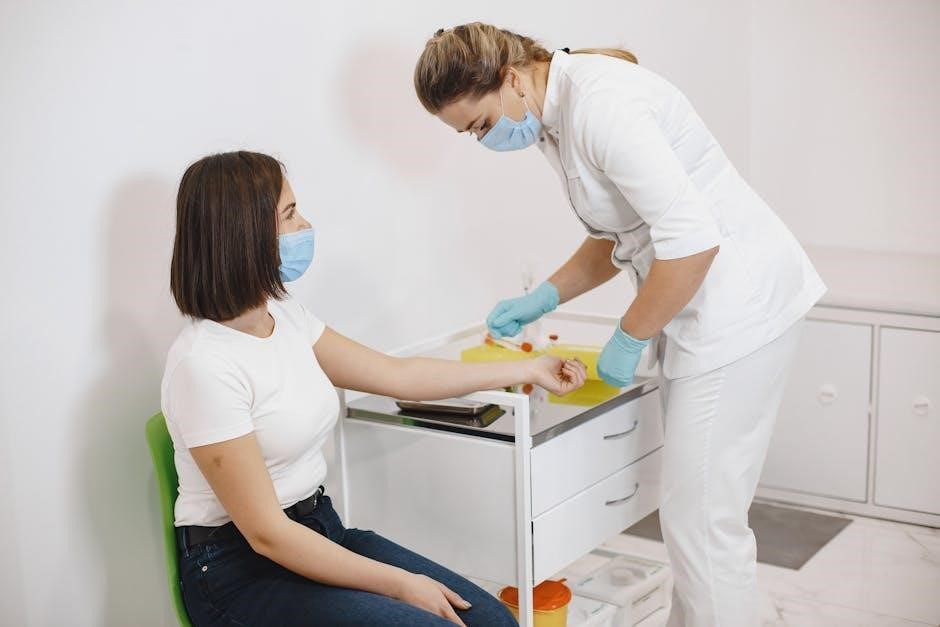
Post mortem care in nursing involves handling the deceased with respect and sensitivity, ensuring dignity and hygiene. It addresses legal, cultural, and emotional aspects, providing closure for families.
1.1 Definition and Purpose of Post Mortem Care
Post mortem care refers to the respectful and dignified handling of a deceased individual, ensuring their body is prepared for viewing or transfer. Its purpose is to maintain the person’s dignity, provide emotional support to the family, and facilitate cultural or religious rituals. Nurses perform this care with sensitivity, adhering to legal and ethical standards. It involves cleaning, positioning, and securing the body, as well as handling personal belongings respectfully. This process helps families during their grieving and ensures a smooth transition for funeral or autopsy procedures, honoring the individual’s legacy.
1.2 Importance of Respectful and Sensitive Care
Respectful and sensitive care is essential in post mortem nursing to honor the deceased and support the grieving family. It ensures dignity, preserving memories and fostering trust in healthcare providers. Nurses must approach this care with compassion, recognizing the emotional significance for loved ones. Sensitive handling reflects respect for cultural and religious beliefs, creating a comforting environment for families. This care also upholds ethical standards, reinforcing the nurse’s role as a guardian of dignity in life’s final moments, while providing closure and solace to those mourning.
1.3 Legal and Ethical Considerations
Legal and ethical considerations in post mortem care ensure respectful treatment of the deceased and compliance with regulations. Nurses must verify death through a licensed physician and document procedures accurately. Ethical standards require maintaining dignity, privacy, and cultural sensitivity. Legal policies guide actions like organ donation and autopsy protocols. Respecting religious practices and family preferences is crucial. Nurses must also ensure proper handling of personal belongings and secure identification. Adherence to these principles upholds professional integrity, protects patient rights, and supports families during bereavement, aligning care with both legal requirements and ethical nursing practices.

Pre-Post Mortem Care Procedures
Pre-post mortem care involves verifying death, notifying family, gathering materials, and ensuring privacy. These steps prepare for respectful handling and compliance with legal and ethical standards.
2.1 Verification of Death by a Licensed Physician
Verification of death by a licensed physician is the first critical step in post-mortem care. A physician confirms death through clinical assessment, ensuring no signs of life remain. This step is essential for legal and ethical reasons, as it prevents premature handling of the body. The physician’s confirmation is documented, guiding subsequent procedures. Nurses must await official pronouncement before proceeding with post-mortem care, ensuring compliance with hospital policies and legal standards. This step respects the deceased and provides a clear transition for the care team.
2.2 Notification of Death to Family and Appropriate Authorities
Notification of death is a sensitive and critical step in post-mortem care. Nurses must inform the family with compassion and respect, ensuring privacy during this emotional moment. The next of kin or legal representative should be contacted promptly. Additionally, relevant authorities, such as the coroner or medical examiner, must be notified as per local regulations, especially in cases of sudden, unexpected, or unexplained deaths. Accurate documentation of the notification process is essential for legal and procedural compliance, ensuring all parties are informed and prepared for the next steps in care and arrangements.
2.3 Gathering Necessary Materials and Equipment
Gathering the necessary materials and equipment for post-mortem care ensures efficiency and respect for the deceased. Essential items include a body bag, identification tags, cleaning supplies, gloves, and personal protective equipment (PPE). Nurses should also prepare documentation tools, such as labels and consent forms, and ensure all equipment is organized and easily accessible. This step is crucial for maintaining dignity and facilitating a smooth process for both the family and healthcare team. Proper preparation prevents delays and ensures all legal and procedural requirements are met.
2.4 Ensuring Privacy and Dignity of the Deceased
Ensuring privacy and dignity of the deceased is a critical aspect of post-mortem care. Nurses must create a private environment, minimizing exposure to unnecessary personnel. The body should be handled with respect, avoiding inappropriate visibility. Use of drapes or sheets to cover the body is essential. Additionally, cultural and religious practices of the family should be considered and accommodated. This fosters a sense of respect and comfort for the grieving family. All actions must adhere to institutional policies and ethical standards, maintaining confidentiality and upholding the deceased’s dignity.
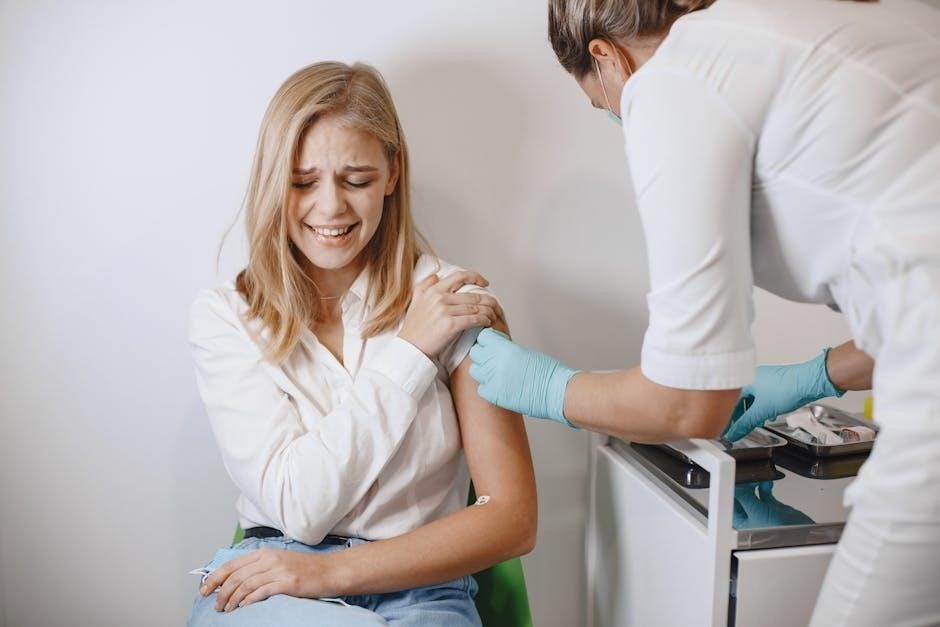
Step-by-Step Post Mortem Care Procedure
Post-mortem care involves steps like removing medical equipment, cleaning the body, positioning it in a supine position, closing eyes and mouth, and securing belongings. Respect and protocols guide each action.
3.1 Removing Medical Equipment and Tubes
Removing medical equipment and tubes is the first step in post-mortem care. Nurses carefully disconnect IV lines, drainage tubes, and other devices, ensuring no damage to the body. This step maintains the deceased’s dignity and prepares the body for further care. Personal belongings like jewelry or glasses are secured. In cases involving organ donation or autopsy, specific protocols are followed to preserve necessary tissues or structures. This process is documented to ensure compliance with legal and facility standards, respecting the deceased and their family.
3.2 Bathing and Cleaning the Body
Bathing and cleaning the body is a critical step in post-mortem care, ensuring dignity and preparing the deceased for family viewing or transfer. Nurses use mild soap and warm water to gently wash the face, hands, and body, paying special attention to areas with soiling. The body is cleaned in a supine position, and hair is brushed or styled respectfully. Cultural practices are considered, with options for family involvement. This step maintains the deceased’s appearance and hygiene, providing a comforting image for loved ones. Gloves and appropriate PPE are worn to ensure safety.
3.3 Positioning the Body in a Supine Position
Positioning the body in a supine position involves placing the deceased on their back with arms at their sides and legs straightened. This step ensures the body is aligned naturally and maintains dignity. The bed or surface should be flat, and the head slightly elevated if culturally preferred. A clean sheet or gown is placed under the body for modesty. This positioning prepares the body for family viewing and ensures a natural appearance. Nurses handle the body gently to avoid stiffness, respecting cultural or religious preferences throughout the process.
3.4 Closing the Eyes and Mouth
Closing the eyes and mouth is a delicate step in post mortem care, ensuring the deceased appears natural and dignified. Nurses gently close the eyelids, ensuring they remain shut, and may use a small, moist cloth to clean the eyes. The mouth is closed securely, sometimes using a padded jaw supporter or a light bandage to maintain a neutral expression. This step respects the deceased’s dignity and prepares them for family viewing, adhering to cultural and religious practices. Gloves are worn to maintain infection control and professionalism during the procedure.
3.5 Placing a Pillow Under the Head
Placing a pillow under the head is a standard step in post mortem care to maintain the deceased’s dignity and natural appearance. A clean, standard-sized pillow is gently positioned under the head, ensuring alignment and comfort. This step helps prevent rigidity and supports the body’s posture, making it more presentable for family viewing. Cultural or religious preferences may influence how the head is positioned. The pillow should not be overly large, as it could distort the body’s natural appearance. This act contributes to a respectful and compassionate final presentation of the deceased.
3.6 Securing Personal Belongings
Securing personal belongings is a critical step in post mortem care to ensure the deceased’s items are preserved and returned to the family. Nurses carefully collect all personal items, such as jewelry, glasses, or clothing, and document each item. These belongings are placed in a labeled bag to prevent loss or misplacement. In cases where items must remain with the body, they are securely fastened. This process respects the family’s emotional connection to these items and ensures they are handled with care and confidentiality. Proper documentation is maintained for accountability.
3.7 Dressing the Body Appropriately
Dressing the body is a respectful step in post mortem care, ensuring the deceased is presented with dignity. Nurses clean and prepare the body before dressing, using clothing provided by the family or institutional gowns. Personal items like glasses or jewelry may be added if requested. Medical devices, such as catheters, are secured discreetly. Cultural or religious preferences are honored to align with family wishes. This step provides a sense of normalcy and helps families during their grieving process, ensuring the deceased is treated with compassion and respect.
3.8 Placing the Body in a Body Bag
After dressing, the body is carefully placed in a body bag to maintain dignity and hygiene. Nurses ensure the body is centered and aligned properly within the bag. The bag is then sealed securely, with identification labels attached. Personal belongings are placed in a separate bag. If the deceased was in isolation, the bag is marked accordingly. This step ensures safe handling and transport of the body, respecting infection control protocols and preparing it for transfer to the mortuary or family viewing. The process is done with care to uphold the deceased’s dignity.
3.9 Labeling and Identifying the Body
Accurate labeling and identification of the body are critical for maintaining dignity and ensuring proper handling. Nurses attach identification tags to the body and the body bag, including the deceased’s name, medical record number, and date of death. This step prevents mix-ups and ensures the body is correctly matched with documentation. The tags are secured to the body (e.g., wrist or ankle) and the bag to maintain clear identification. Verification is done before transfer to confirm accuracy. Proper labeling also respects legal and facility protocols, ensuring seamless communication between healthcare teams and mortuary services.
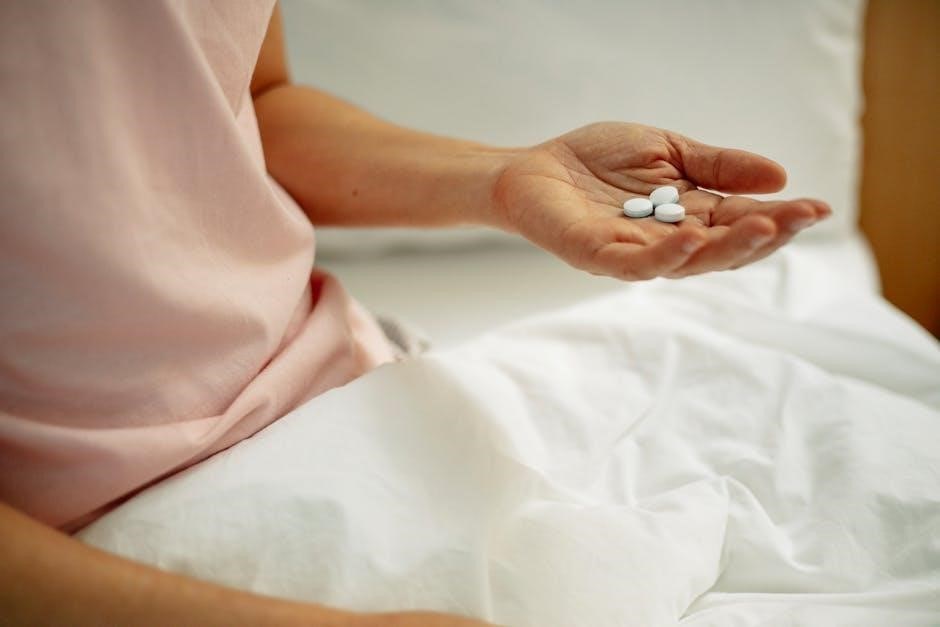
Special Considerations in Post Mortem Care
Special considerations include handling infectious diseases, organ donation, cultural practices, and neonatal care. These require tailored approaches to ensure respectful and appropriate post-mortem procedures.
4.1 Handling Cases of Infectious Diseases
When handling cases of infectious diseases, nurses must use personal protective equipment (PPE) to minimize exposure risks. Disinfection and cleaning of the room are essential to prevent contamination. For high-risk infections like Ebola, autopsies should be avoided, and specific forensic guidelines should be followed. The body should be sealed in a leak-proof bag, and all materials used in care should be disposed of as biohazardous waste. Strict infection control measures ensure safety for both staff and others involved in the process.
4.2 Organ Donation and Autopsy Procedures
Organ donation and autopsy procedures require specific protocols during post mortem care. Nurses must verify consent for donation and coordinate with organ procurement teams. For autopsies, the body must be prepared according to legal and institutional guidelines, ensuring all medical equipment is removed. Documentation of the deceased’s identity and medical history is crucial. Cultural and religious considerations should be respected throughout these processes to maintain dignity and support grieving families during these sensitive procedures.
4.3 Cultural and Religious Rituals
Cultural and religious rituals play a significant role in post mortem care. Nurses must respect diverse practices, such as specific body preparation or ceremonial requirements. Understanding these traditions ensures dignity and honors the deceased’s beliefs. Families may request rituals like washing, shrouding, or prayer recitals. Nurses should communicate with families to accommodate their preferences while adhering to legal and ethical standards. Sensitivity to cultural practices fosters trust and supports the grieving process, emphasizing the importance of person-centered care even after death.
4.4 Neonatal and Pediatric Post Mortem Care
Neonatal and pediatric post mortem care requires special sensitivity due to the emotional impact on families. Nurses must handle small bodies with gentle care, preserving dignity. Procedures include cleaning, wrapping in appropriate materials, and allowing parental viewing if desired. Cultural and religious practices should be respected, with attention to family preferences. Documentation and support for grieving parents are crucial. This care honors the child’s life and provides comfort to families during a difficult time, emphasizing compassion and professionalism.
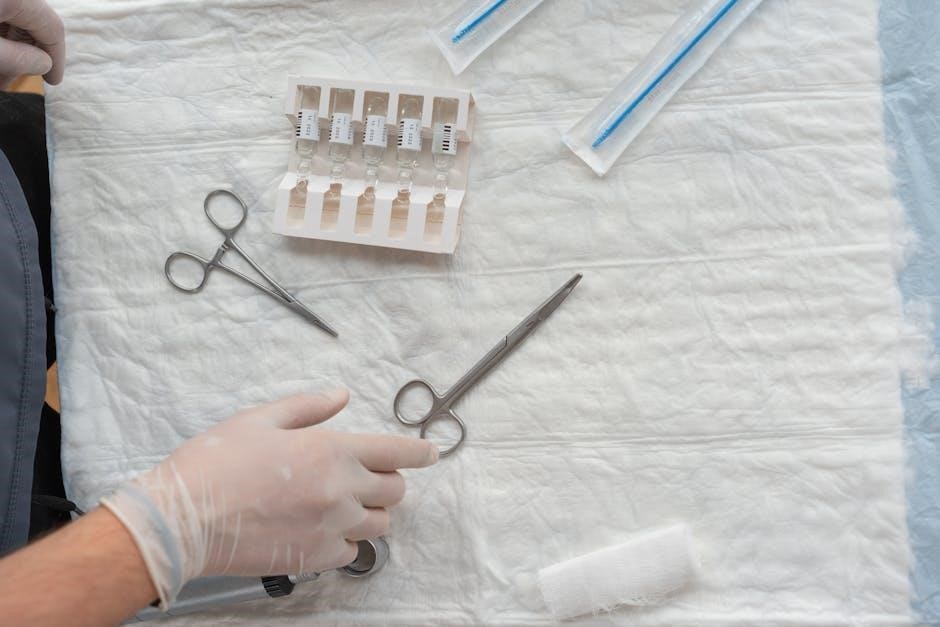
Documentation and Reporting
Accurate documentation of post mortem care procedures ensures transparency and accountability. Records include death verification, care steps, and communication with families, adhering to legal and ethical standards.
5.1 Completing Death Documentation
Accurate and thorough documentation is critical in post mortem care. Nurses must verify the patient’s identity and confirm death through official documentation. This includes completing the death certificate, noting the time and cause of death, and ensuring all legal requirements are met. Documentation should also reflect the post mortem care procedures performed, such as preparing the body and securing personal belongings. Proper recording ensures transparency, accountability, and compliance with hospital policies and legal standards. Additionally, documentation serves as a communication tool for families and healthcare teams, providing a clear record of the care provided.
5.2 Recording Post Mortem Care Procedures
Recording post mortem care procedures ensures accountability and transparency. Nurses must document all steps taken, including removal of medical equipment, cleaning, and preparation of the body. The record should detail the condition of the body, any personal belongings secured, and the placement of identification tags. Documentation also includes communication with families and the healthcare team regarding the care provided. Accurate records help maintain legal compliance and provide a clear audit trail of the post mortem process, ensuring respect for the deceased and their family.
5.3 Communicating with Family and Healthcare Team
Effective communication is crucial in post mortem care. Nurses should inform the family about the procedures involved, respecting their cultural and religious preferences. Explaining the process helps families understand the steps taken to prepare the body. The healthcare team must also be updated on the progress and any specific requests from the family. Clear communication ensures coordination and sensitivity, providing emotional support to the grieving family while maintaining professional standards. This collaboration fosters trust and ensures the deceased is treated with dignity and respect throughout the process.
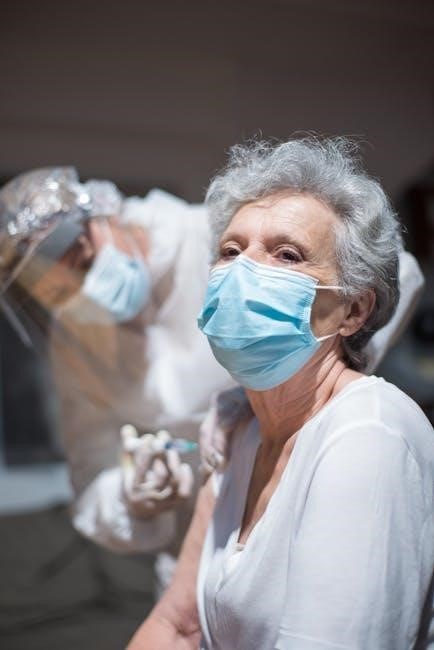
Infection Control and Safety Measures
Use personal protective equipment (PPE) and follow strict disinfection protocols to prevent contamination. Handle biohazardous materials safely, ensuring a clean environment for both staff and the deceased.
6.1 Use of Personal Protective Equipment (PPE)
Nurses must wear appropriate PPE, including gloves, gowns, and masks, to minimize exposure to pathogens. This is crucial when handling bodies, especially in cases of infectious diseases, ensuring safety and preventing contamination.
6.2 Disinfection and Cleaning of the Room
After post mortem care, the room must be thoroughly disinfected using appropriate cleaning solutions. All surfaces, especially those in contact with the body, should be sanitized to prevent contamination. Remove any equipment or supplies used during the procedure and ensure the area is tidy for future use. This step is essential for maintaining a safe environment and preventing the spread of pathogens, particularly in cases involving infectious diseases.
6.3 Handling Biohazardous Materials
Biohazardous materials, such as bodily fluids or contaminated items, must be handled with extreme caution. Use appropriate PPE, including gloves and masks, to minimize exposure risks. Dispose of these materials in designated biohazard containers following local regulations. Proper labeling and secure sealing of containers are crucial to prevent accidental exposure. Ensure all staff involved in handling these materials are trained in biohazard protocols to maintain safety and compliance with infection control standards.
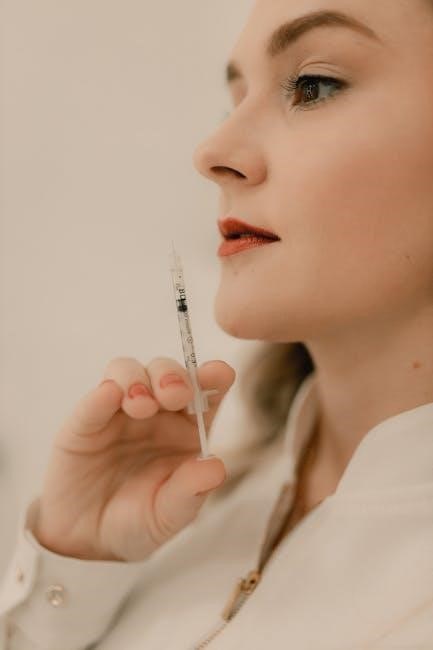
Family Involvement and Support
Families should be involved in post mortem care through respectful communication and emotional support. Allow viewing, explain procedures, and respect their cultural and personal preferences for closure.
7.1 Allowing Family Viewing
Allowing family viewing provides closure and helps families process their grief. Ensure the room is neat, with the body positioned respectfully. Remove visible medical equipment, clean the body, and arrange bedding neatly. Provide emotional support and explain the process sensitively. Respect cultural practices and personal preferences regarding viewing. Offer privacy, allowing the family to spend time with their loved one. This compassionate approach fosters trust and helps families begin their healing journey, ensuring dignity and respect for the deceased and their loved ones.
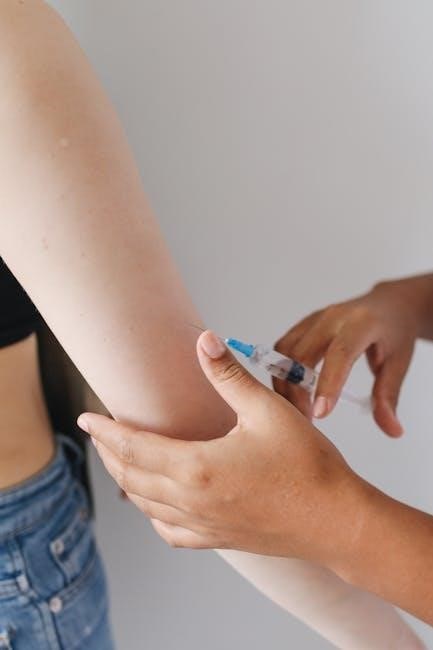
7.2 Providing Emotional Support to the Family
Providing emotional support to the family involves active listening, empathy, and compassion. Be present and available to address their concerns, offering reassurance and comfort. Respect their cultural and religious practices, and explain the post-mortem care process clearly. Encourage them to ask questions and express their feelings. Provide resources for grief counseling if needed. Maintain a calm and supportive demeanor, ensuring the family feels supported during this difficult time. This compassionate approach helps them cope with their loss and begin the healing process.
7.3 Explaining the Post Mortem Care Process
Explaining the post-mortem care process involves clear communication about the steps taken to prepare the body with dignity. Nurses should inform the family about verification of death, removal of medical equipment, and hygienic preparation. Emphasize respect for cultural and religious practices, and outline the legal requirements. Address any concerns or questions the family may have, ensuring transparency. This explanation helps the family understand the process and feel reassured that their loved one is treated with care and respect, fostering trust and providing emotional closure.
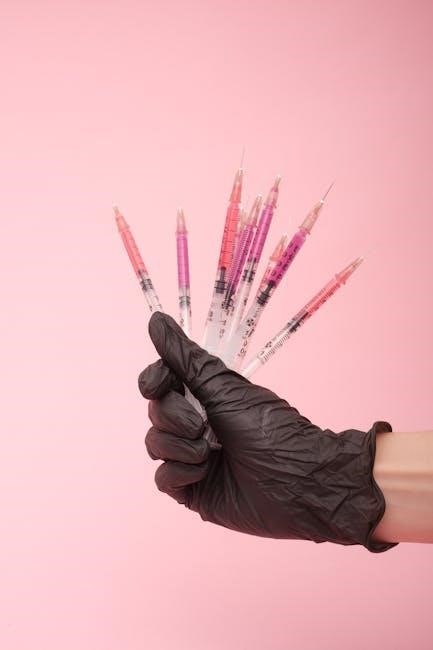
Cultural and Religious Considerations
Cultural and religious beliefs significantly influence post-mortem care practices. Nurses must respect and accommodate rituals, ensuring dignity and adherence to family preferences, reflecting person-centered care values.
8.1 Respect for Cultural Practices
Respecting cultural practices in post-mortem care is essential for honoring the deceased and supporting the grieving family. Nurses must be sensitive to diverse traditions, such as specific positioning, handling of personal belongings, or religious rituals. Understanding and accommodating these practices ensures dignity and comfort for the family. Cultural sensitivity fosters trust and respect, making it a cornerstone of compassionate care. Nurses should seek guidance from family members or cultural advisors to ensure practices align with the deceased’s beliefs and values.
8.2 Accommodating Religious Rituals
Accommodating religious rituals in post-mortem care is vital for honoring the deceased and supporting the family. Nurses must recognize and respect practices specific to various faiths, such as Jewish, Muslim, Buddhist, or Christian traditions. This may include allowing time for prayers, arranging the body in a specific position, or ensuring certain items are present. Collaboration with religious leaders or family members ensures rituals are performed respectfully. Maintaining privacy and dignity during these practices provides comfort to the grieving family and upholds their cultural and religious values.
8.3 Sensitivity to Family Preferences
Sensitivity to family preferences is crucial in post-mortem care. Nurses should understand and respect the unique needs and wishes of each family, ensuring their cultural, religious, and personal practices are honored. This includes involving the family in decisions, allowing them to participate in care if desired, and providing privacy during viewing. Clear communication about procedures and offering emotional support are essential. Additionally, nurses should accommodate special requests, such as handling personal belongings with care or facilitating specific rituals, to create a comforting and meaningful experience for the grieving family.
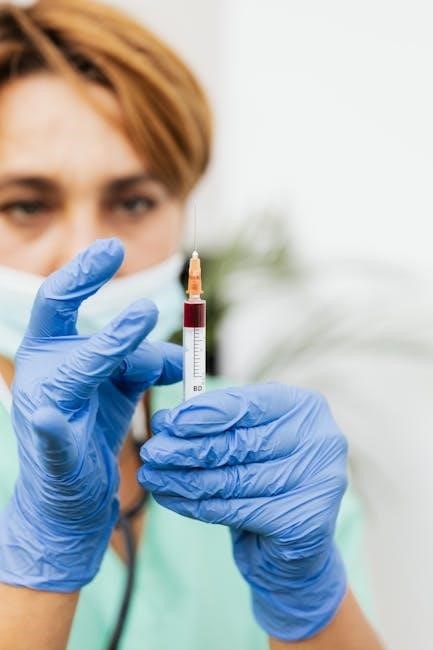
Education and Training for Nurses
Continuous education and training are vital for nurses to provide compassionate post-mortem care. Programs emphasize cultural competence, procedural skills, and legal-ethical considerations, ensuring holistic and respectful care.
9.1 Importance of Continuous Education
Continuous education is crucial for nurses to stay updated on post-mortem care procedures, ensuring they provide respectful and compassionate care. It enhances understanding of legal, ethical, and cultural considerations, while improving technical skills. Education fosters empathy and cultural competence, enabling nurses to support grieving families effectively. Regular training also addresses advances in infection control, safety protocols, and documentation standards. By staying informed, nurses maintain professionalism and deliver care that honors the deceased and their loved ones, upholding the highest standards of dignity and respect.
9.2 Training in Cultural Competency
Training in cultural competency is essential for nurses to understand and respect diverse beliefs and practices surrounding death. Post-mortem care must honor the deceased’s cultural and religious traditions, ensuring family satisfaction. Nurses learn to identify specific rituals, such as body positioning or cleansing practices, and adapt care accordingly. This training fosters empathy and inclusivity, enabling nurses to provide respectful and person-centered care. It also helps navigate legal and ethical challenges, ensuring cultural practices align with healthcare policies. Such education promotes a compassionate and culturally sensitive approach to post-mortem care.
9.3 Skill Development in Post Mortem Care
Skill development in post-mortem care is crucial for nurses to perform tasks with precision and respect. Training includes hands-on practice in removing medical devices, bathing, and positioning the body. Nurses learn to handle biohazardous materials safely and maintain infection control protocols. Proper documentation and labeling procedures are emphasized to ensure accuracy. Continuous education updates nurses on new techniques and equipment, fostering confidence and competence. Effective training ensures post-mortem care is conducted with dignity, adhering to legal and ethical standards while respecting cultural practices. This skill set is vital for providing compassionate end-of-life care.
Post mortem care is vital for respecting the deceased and supporting families. Nurses must maintain dignity, follow ethical standards, and ensure compassionate end-of-life care procedures.
10.1 Summary of Key Points
Post mortem care is a critical nursing procedure that ensures the deceased is treated with respect and dignity. Key steps include verifying death, preparing the body, and maintaining privacy. Nurses must adhere to legal and ethical standards while respecting cultural and religious beliefs. Proper documentation and communication with families are essential. The process involves removing medical equipment, cleaning, and positioning the body. Special considerations like infectious diseases and organ donation require additional precautions. Compassionate care and sensitivity are vital to support grieving families during this process.
10.2 Final Thoughts on Compassionate Care
Compassionate care in post mortem nursing is paramount, ensuring dignity and respect for the deceased and their family. Nurses must approach each situation with empathy, cultural sensitivity, and professionalism. The process, though routine, demands personalized attention to honor the individual’s life. Families often find comfort in knowing their loved one was treated with care. This final act of nursing reflects the core values of the profession, emphasizing kindness and respect, even in the last moments of care.
 citi program quiz answers pdf
citi program quiz answers pdf  upper back stretches pdf
upper back stretches pdf  esthetician exam study guide pdf
esthetician exam study guide pdf 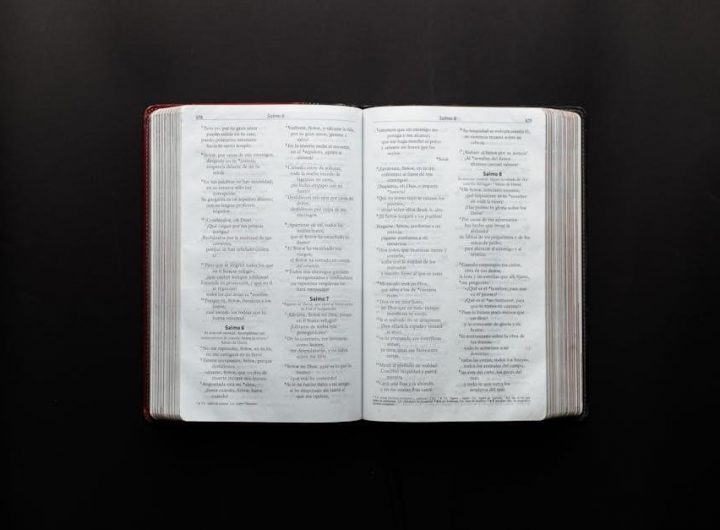 solomon book of wisdom pdf
solomon book of wisdom pdf 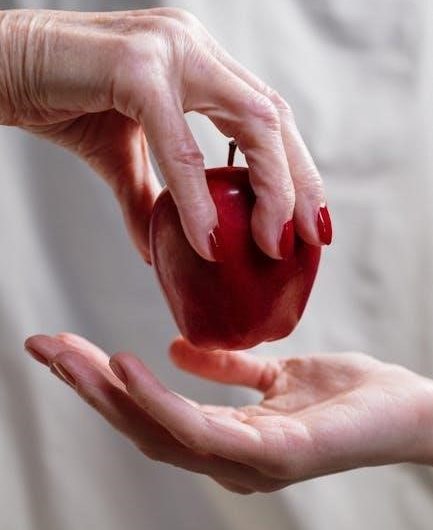 the snows of kilimanjaro short story pdf
the snows of kilimanjaro short story pdf  imagine john lennon sheet music piano pdf
imagine john lennon sheet music piano pdf  dsc impassa user guide
dsc impassa user guide  2023 hyundai santa fe manual
2023 hyundai santa fe manual